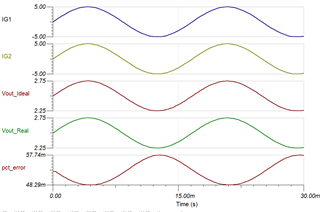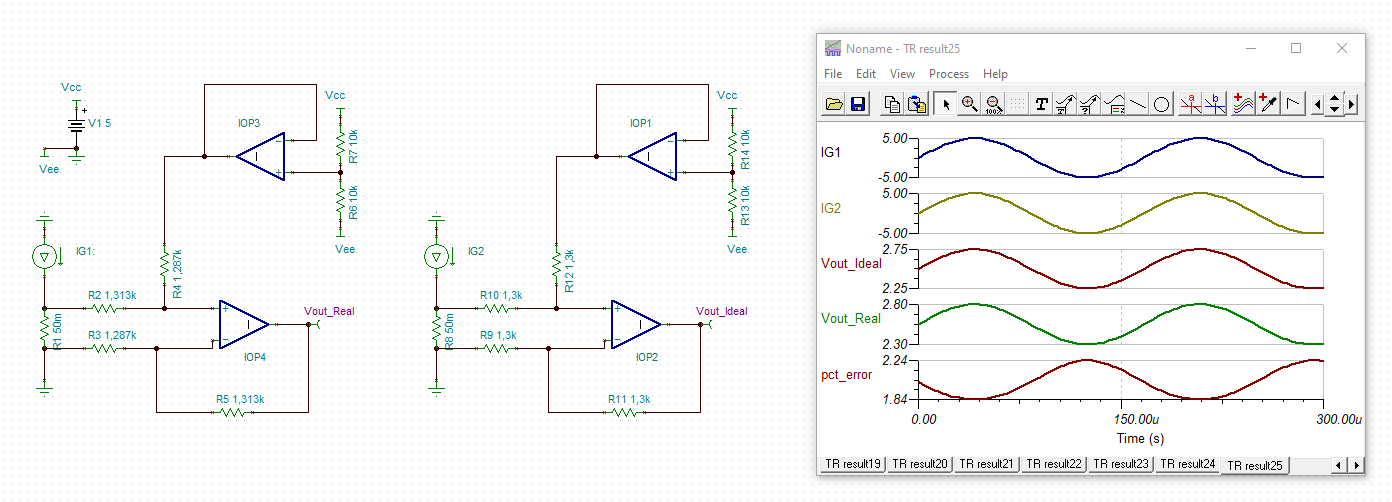Hi Team,
My cusromer has a request on current sensing, full load range is ±40A, and the sensing accuracy error needs to be below 1% when the load is within ±5A(light load).
Besides, customer needs bidirectional input and positive output, so I think the circuit below should be applicable.
https://www.ti.com/lit/an/sboa223b/sboa223b.pdf
However, I am not sure if it is possible to achieve 1% current sensing accuracy error under ±40A full load range even the load is within ±5A.
Do we have recommended part or circuit to achieve this requirement?
Thanks.



